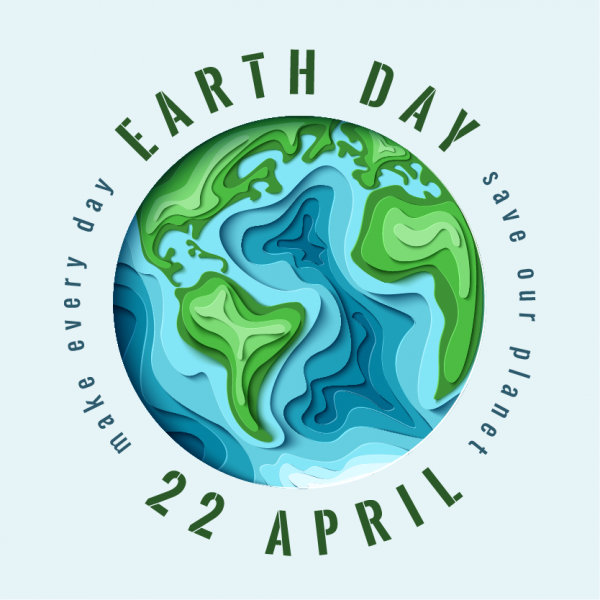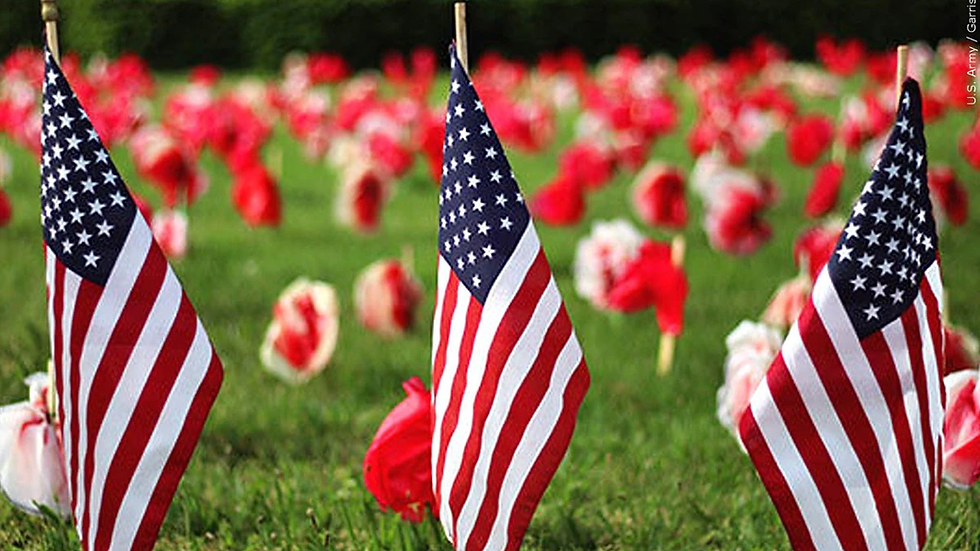Earth Day
- Apr 21, 2022
- 2 min read
Lila Clapp, Freshman
On April 22nd, 1970, nearly one billion people came together to promote a greener future for the Earth. The annual celebration of the Earth marks the anniversary of the beginning of the modern environmental movement in 1970. In the decades leading up to the very first Earth Day, Americans and many other nations were consuming boundless amounts of leaded gas through automobiles and industries. Industries pollute by emitting various hazardous gasses into the atmosphere or into major waterways. Several companies, such as ExxonMobil, discard contaminated water, gasses, heavy metals or radioactive materials into major waterways that carry out into the ocean. When the chemicals reach the ocean, marine life and the environment as a whole are damaged. Up until 1970, companies faced no repercussions from any laws or the government, for their doings were considered normal in this time period.

The push for environmental change started gaining speed after Rachel Carson published Silent Spring in 1962. The book sold 500,000 copies in 24 different countries, raising public awareness for the well-being of the Earth and the links between pollution and public health.
Senator Gaylord Nelson, a junior senator from Wisconsin, was concerned about the environment’s poor condition for a long time coming. After the catastrophic oil spill in January 1969, located in Santa Barbara, California, Senator Nelson wanted to take action.
With the protests against the Vietnam War and the drafts gaining traction, Nelson proposed infusing the energy of student anti-war protests with an emerging public consciousness about air and water pollution. Senator Nelson prompted Denis Hayes, a young activist, to organize campus teachings on April 22nd, which was said to be the perfect date to maximize student participation. It was a day wedged between Spring Break and Final Exams.
Hayes recognized the importance of including all Americans in this practice, so he built a national staff of 85 people to sponsor events across the nation. The staff called their nominated date Earth Day, which instantly drew the media’s attention. Earth Day inspired 20 million Americans, which at the time was 10% of the total population of the United States. People took to the streets, parks and auditoriums to speak out against the impacts of 150 years of industrial development.
Today, Earth Day is widely celebrated as the largest nonreligious holiday in the world. Do your part by recycling, supporting pollinators such as bees and butterflies or taking a walk around your neighborhood and picking up any trash along the streets. Need more ideas? Visit earthday.org to immerse yourself in ways to celebrate Earth Day.
Remember that Earth is a time to recognize the importance of nurturing our planet, but one doesn’t have to wait until April 22nd to act. Take action throughout the year and continue these practices even after Earth Day passes.
Sources:




Comments